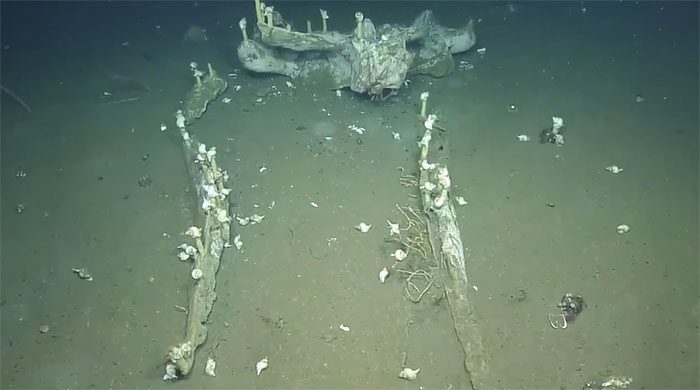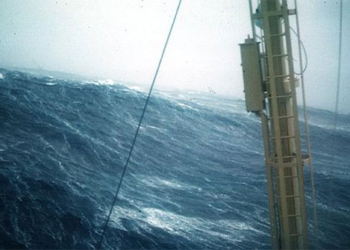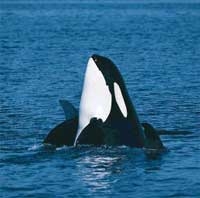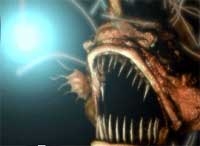The whale carcass lying deep in the North Pacific is helping scientists gain insights into the process of animal decomposition that supports thriving ecosystems.
The phenomenon of a dead whale sinking to the ocean floor is referred to as “whale fall.” The whale carcass in this recent study was discovered by a team of experts at the Monterey Bay Aquarium Research Institute at a depth of 1,250 meters in the Clayoquot Slope, off the coast of British Columbia, Canada, in 2009, as reported by Science Alert on July 11.
Since 2012, a group of scientists at Ocean Networks Canada (ONC) has regularly returned to this site to study the decomposition rate of the skeleton while monitoring changes in the diversity of marine organisms that inhabit the area and feed on the whale carcass.
The latest visit was part of an expedition conducted by the research vessel EV Nautilus from the Ocean Exploration Trust (OET), aimed at assisting ONC in checking the underwater observatories operating at Clayoquot Slope. During the expedition, the remotely operated vehicle Hercules also captured high-resolution footage and conducted surveys of the whale carcass. This work was led by ecologist Fabio De Leo at ONC. The video of the whale carcass was released earlier in July.

Whale carcass at Clayoquot Slope, North Pacific.
The whale carcass serves as an oasis providing food on the deep ocean floor, where food is typically scarce, and maintains a diverse assemblage of marine life, according to OET. In 2019, a team of scientists at the Monterey Bay National Marine Sanctuary discovered another, more recent whale carcass beneath Davidson Seamount at a depth of 3,200 meters. After sinking for about four months, the area was teeming with octopuses, worms, various fish, and crabs.
The Clayoquot Slope whale carcass is located in shallower waters, but the ocean floor remains shrouded in darkness as sunlight cannot penetrate. Scientists are unsure exactly which species the animal belonged to, but De Leo notes that this location is near a migration route of gray whales (Eschrichtius robustus). Fourteen years after the whale carcass was discovered, the site remains rich in marine life.
The expedition observed numerous species such as starfish (Cocculina craigsmithi), sea snails (Mitrella (Astyris) permodesta), amphipods (Ilyarachna profunda), crabs (Paralomis multispina), rattails (Coryphaenoides acrolepis), and tube worms (Lamellibrachia barhami). “The number of tube worms, which may still be the same individuals observed in 2009, are nesting on the whale’s left jawbone. That is quite impressive,” OET noted.
In the video, many sea snails appear to be perched atop tall stalks. These are actually their egg stalks. This enriches the ecosystem around the whale carcass, ensuring that not only will new sea snails emerge, but it will also provide additional food, as other animals (such as crabs) will feed on the eggs.
During the expedition, the research team also collected sediment samples from the area surrounding the whale carcass. They will analyze these samples to search for environmental DNA, which will help build more accurate survey data about the organisms that hide, feed, and thrive in the dark.





















































